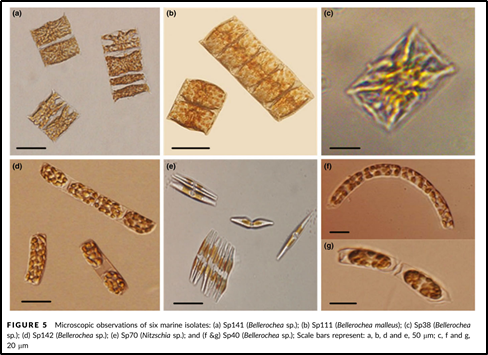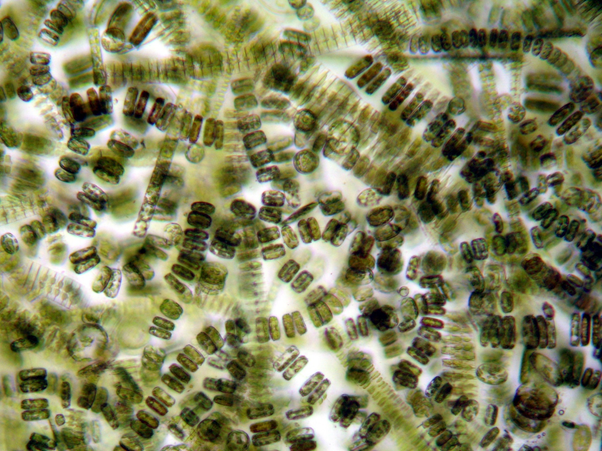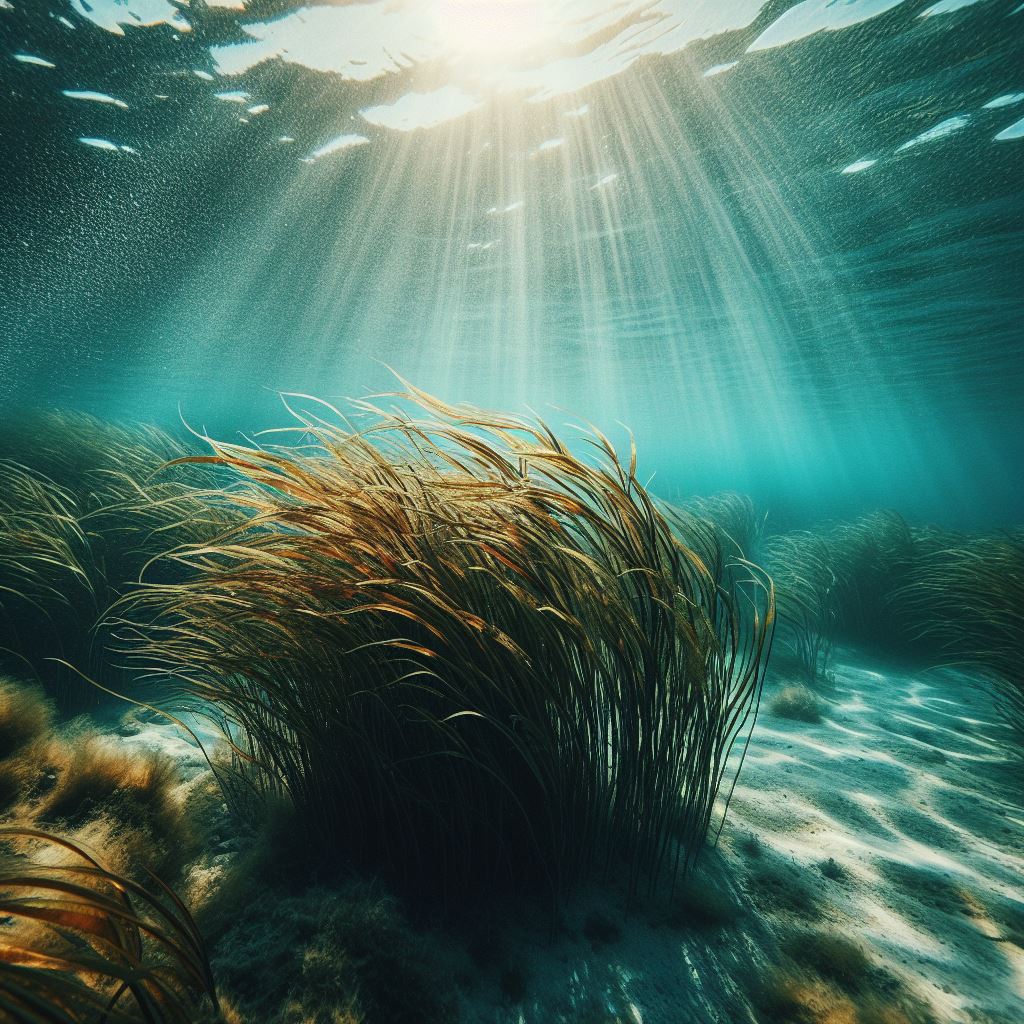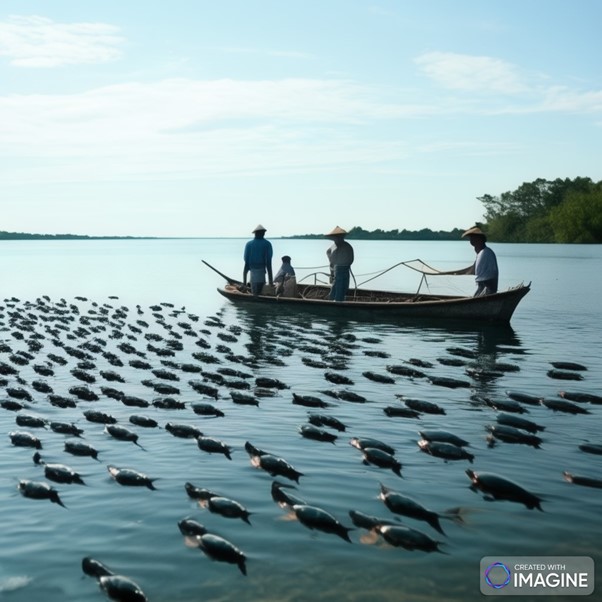Friday, 25 June 2021
By: Ines Barkia, Fahad Zadjali, Nazamid Saari, Muta Harah Zakaria, Chun L L, Andrzej Witkowski and Lamya Al-Haj
Article prepared by: Farah Izana Abdullah
Microalgae representing various taxonomic groups have long been used in aquaculture as live food for shellfish, molluscs, crustaceans, fish larvae and zooplankton. Commercial production of microalgae was also developed as high-value human nutritional products. So far, this production is currently limited to four strains, namely Spirulina platensis, Chlorella vulgaris, Dunaliella salina and Haematococcus pluvialis. However, all of these strains exhibit rather moderate levels of productivity and/or high costs. Therefore, there is an increasing need to select and identify new species for mass production.
Thus, one study was conducted by I-AQUAS research team to select the best isolates of diatoms from different coastal sites in Oman, as diatoms of the Sea of Oman are understudied, followed by identification of species using molecular (nuclear encoded small subunit ribosomal RNA and chloroplast-encoded rbcL and psbC) and morphologic data. Moreover, growth rate, biomass production and fatty acid composition under ambient environmental conditions were also investigated. Six strains of marine diatoms were isolates and have been identified, they were rich in polyunsaturated fatty acids, with an average of 47% of the total fatty acids, especially Nitzschia sp. Mass cultivation of the diatom species in a low-cost production system with minimal nutrient concentrations and without CO2 addition was shown to be feasible, thus confirming their potential use as aquaculture feed supplements.
Web: 10.1111/are.13539


Sumber: https://www.micromagus.net/microscopes/pondlife_plants01.html
 Sumber: https://diatoms.org/what-are-diatoms
Sumber: https://diatoms.org/what-are-diatoms
Date of Input: 28/06/2021 | Updated: 28/06/2021 | m_fakhrulddin
MEDIA SHARING















 Sumber: https://diatoms.org/what-are-diatoms
Sumber: https://diatoms.org/what-are-diatoms














